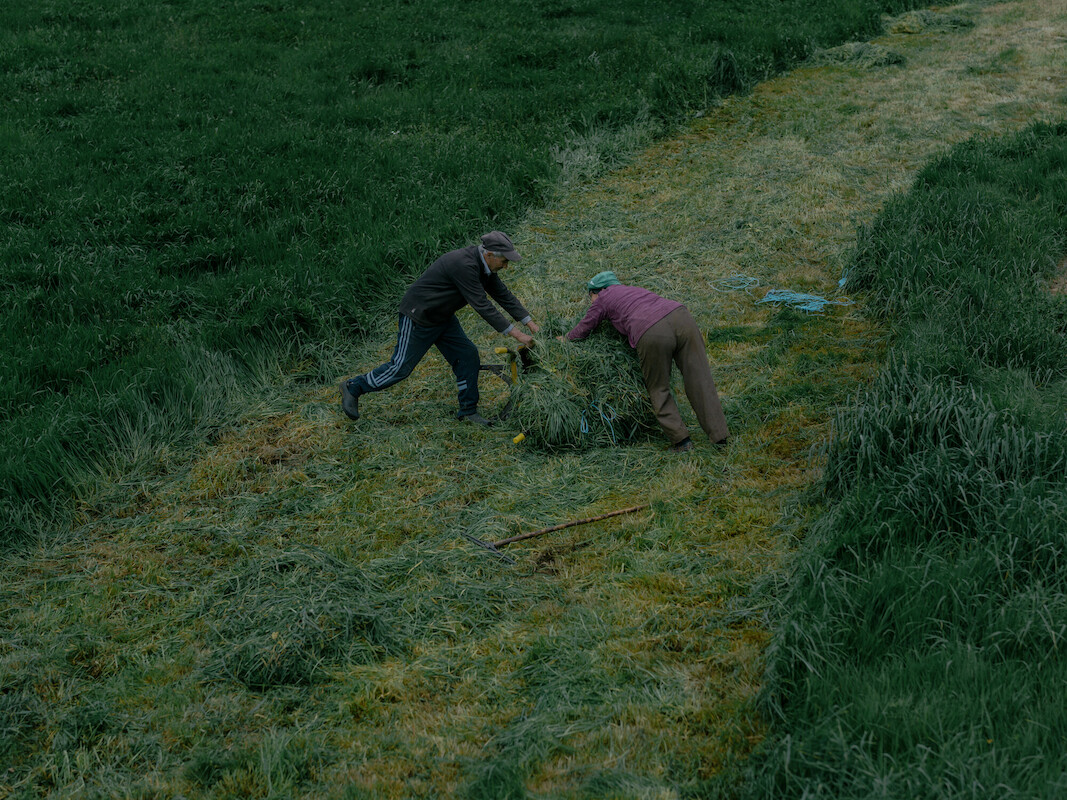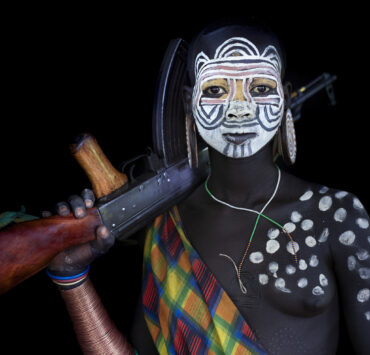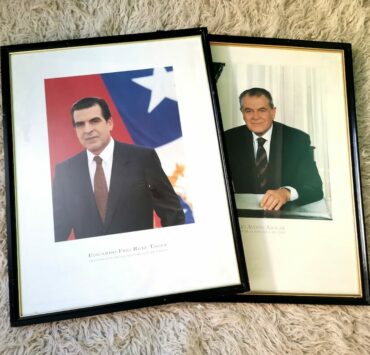ZAMPA Award Winner 2022
Demothanasia is the process by which people from a territory are forced to leave due to direct or indirect political actions (or by omission thereof). Death by depopulation is slow and silent. Ruthless with the territory, nature, heritage.
The situation is no less dramatic for the people who live or, rather, resist in the place. Those who live in the most absolute solitude in a silent, silenced and misnamed empty Spain.
Europe is the oldest continent in the world. One of the regions most affected by aging according to Eurostat (European Statistical Office) is that corresponding to Galicia, northwest of Spain. Many elderly people are reluctant to leave the lands on which they have lived a lifetime. There is a high percentage of elderly people and therefore with a certain degree of dependency who live alone where care and assistance are conspicuous by their absence. Extremely worrying social contexts given the insufficient resources on the part of the administration and the passivity, full of implicit violence, of the political actors involved.
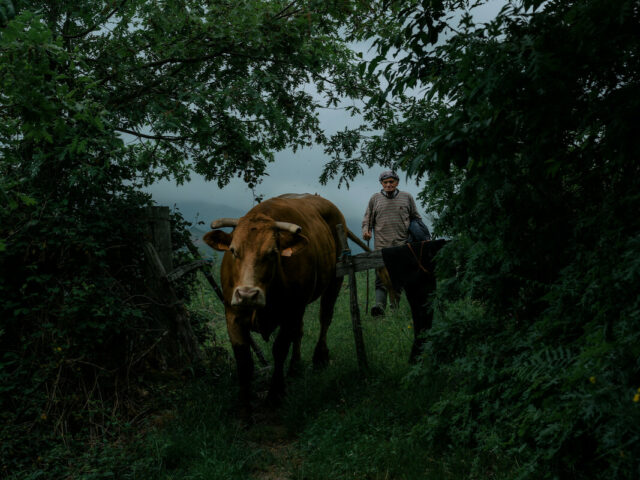
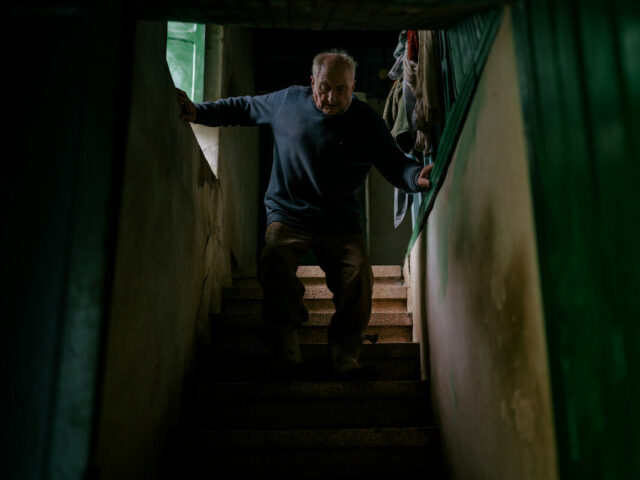
Rural depopulation is the direct cause of numerous environmental problems such as the increase in the voracity of forest fires or the increase in soil erosion. Life and the environment in many parts of the territory evoke difficult moments of the last century.
It is common to find young and middle-aged people forced to stay in an isolated and rural territory to alleviate the deficiencies in the care that we mentioned before, having to be the ones who take responsibility for their elders at the expense of their own professional careers and, in general, of their vital projects. The abandonment of the rural is, therefore, not only the abandonment of a past generation but also that of their children and even grandchildren.
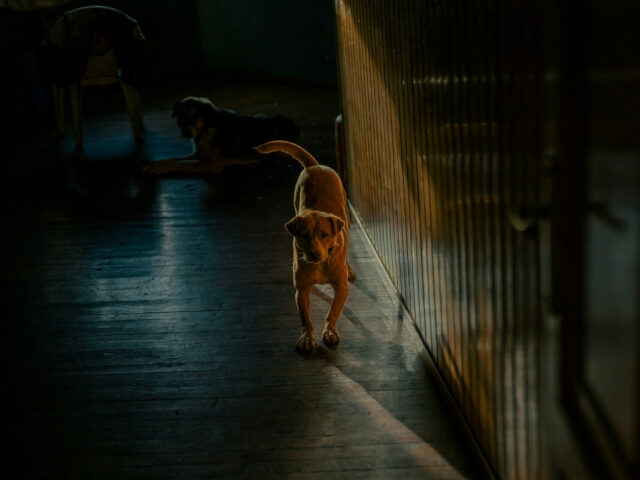
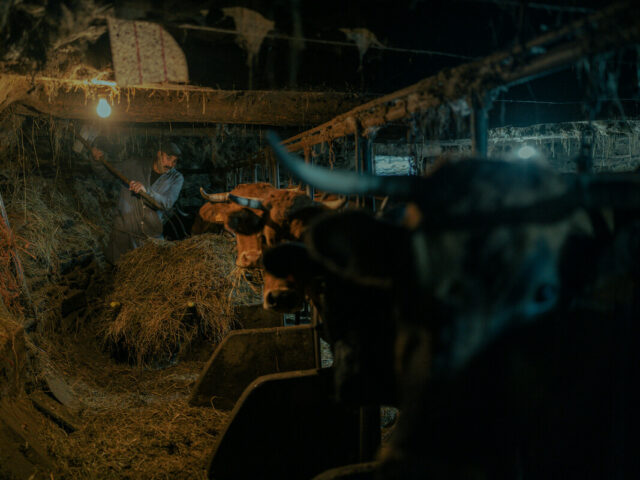
The demographic pyramid of some of the territories has an inverted shape. There are population centers in which the pyramid does not even have a base due to the low birth rate and the massive rural exodus of the young and middle-aged population, who in recent decades have
seen impossible to survive from agriculture or livestock. Problem that is accentuated in geographical areas with a sinuous orography. Which have traditionally been smallholders since intensive production is impossible in these areas, a condition that makes the survival of these sectors even more difficult in the face of a voracious market of macro-production and overproduction like the current one. The lack of quality in telecommunications and connections means that it is not easy to connect the productive sphere of these places with the consumer.
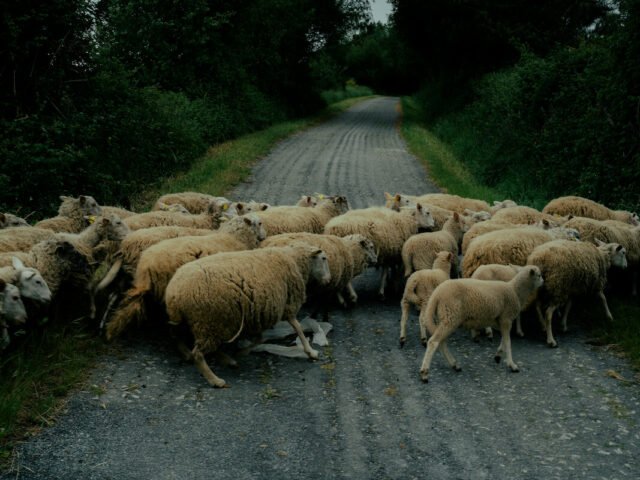
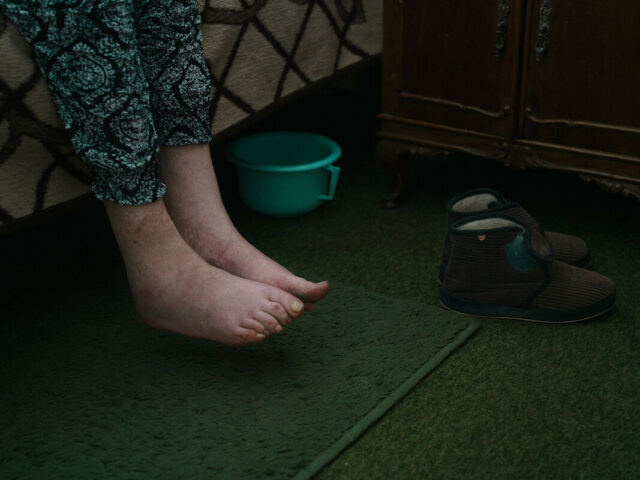
All these reasons make living in rural areas a permanent tension between two conflicting scenarios. On the one hand, it is the active population (children and grandchildren) of elderly people living in rural areas who are forced to stay to care for their elders while, on the other hand, the only way to “survive” to a world of work that surpasses them is by leaving. The ultimate reality of this dichotomy is that, usually, the majority of people who still live in rural areas are older people who enjoy intermittent support and care through children and grandchildren who, in general, have already migrated to more populated areas. large ones that only return to the countryside sporadically.
This situation is what leads to the aggravating moment we are living in, in which a large part of this aging population is abandoned in these areas with limited care and coverage.
The trend of these dynamics with respect to the rural world seems, if there are no radical changes in this regard, evident: the death of the last rural inhabitants will bring with it the death of a social model that is rapidly heading towards its end.
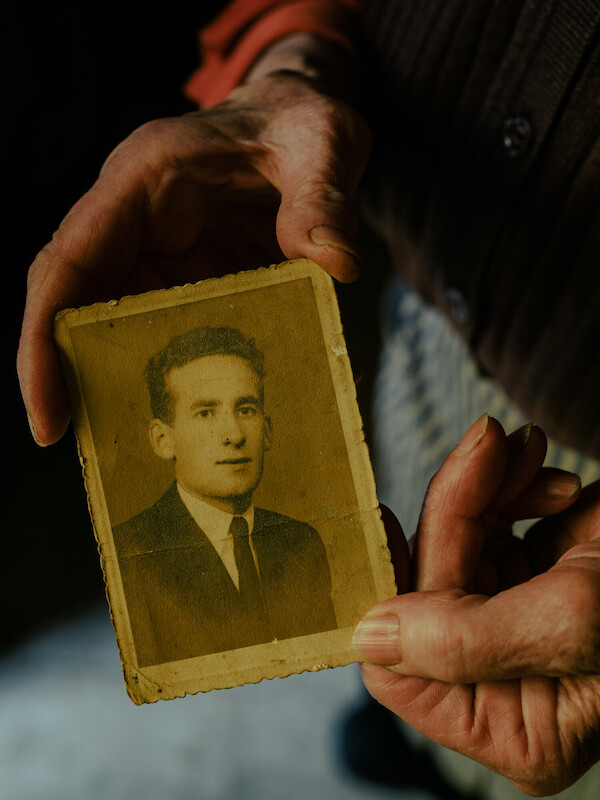
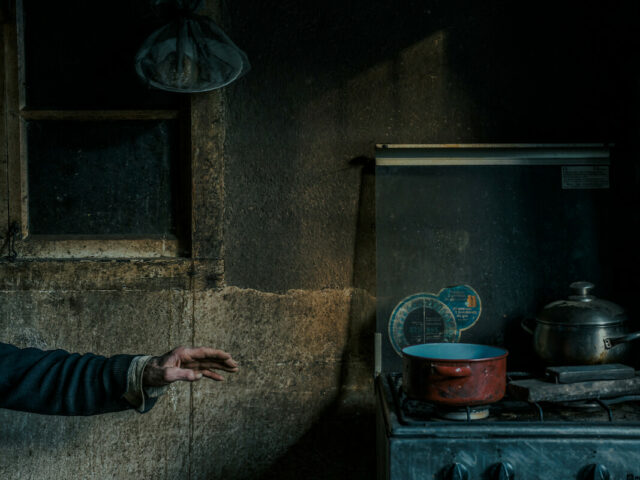
About Adra Pallón:
Documentary photographer who through long-term projects in which he uses photography and multimedia tries to explain the social problems that are present in the region or social group with which he integrates or forms a part.
His proximity work has been recognized in contests and media, recently the Galicia Foco of Photojournalism.
Web sites:

